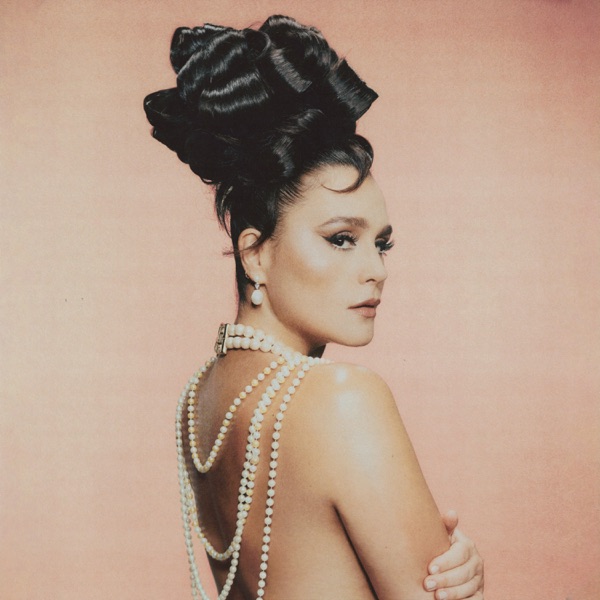The government is warning that the NHS will be under even more pressure this weekend as temperatures soar, so looking after yourself in the sunshine is crucial.
But how much do you know about the science behind sunburn… and how to prevent it?
Read more: Amber heat health alert issued for England
What is sunburn?
While we all know what sunburned skin looks like - red and sore - it might not be so clear what is happening underneath the skin.
"Essentially, it's inflammation," said Dr Rachel Abbott, a consultant dermatologist who specialises in skin cancer for the Cardiff and Vale University health board.
"It's triggered by ultraviolet radiation, primarily UVB but also by UVA."
Ultraviolet radiation is carcinogenic and when it is allowed to penetrate the skin, it triggers an inflammatory reaction, said Dr Abbott.
Histamines - chemicals produced by the body's immune system - and prostaglandins - compounds that help the body deal with injuries and illness - are released as your body begins reacting to the damage.
Although the inflamed, red, itchy skin will fade, those carcinogens will do permanent damage to your DNA, according to Dr Abbott.
"The redness and pain can be managed symptomatically, but that DNA damage is permanent," she said.
"We've all got DNA repair mechanisms in our bodies. But this is why we're seeing such a massive increase in skin cancer, because [as we get older], the battle between the DNA damage and the skin cells becomes more than the immune system can cope with."
Since the early 1990s, the number of skin cancer cases in Britain has more than doubled and last year, the number of cases was predicted to hit an all-time high of 20,800, according to Cancer Research UK.
The cancer charity partially attributed the rise in cases to older groups of people knowing "less about the dangers of tanning in their youth", who "may have taken advantage of the cheap package holiday boom from the 1960s".
Read more:
Find out the latest weather forecast
How to stay cool in the heat
This would lead to increased sun exposure and more damaged DNA, increasing the risk of skin cancer further down the line.
The 'most effective' protection (and it isn't suncream)
There is currently no conclusive treatment to deal with the DNA damage caused by sunburn - although Dr Abbott said there is "exciting" work being done in that area.
Instead, the way to stop yourself from sustaining long-term damage is to protect yourself from UV rays.
"A lot of people associate temperature with the heat of the sun, whereas actually it's the UV index that's the critical thing. And that usually peaks around midday," said Dr Abbott.
Contrary to what some may think (or hope), suncream should be a last resort.
Shade "is the most effective thing", she said, but if you have to be out in the sunshine, "obviously we recommend hats, clothing and then sunscreen".
"It is a last resort for those areas that you can't cover up with clothing and hats, and sunglasses."
The cancer care charity Macmillan recommends a suncream with a sun protection factor (SPF) of 50, or at least 30, and to reapply it regularly.
"There is no such thing as a safe suntan," advises the charity.
It also recommends using around six to eight teaspoons of suncream for an adult - one teaspoon for each limb, one for your chest, one for your back and one for your head and neck.

(c) Sky News 2025: Sunburn isn't just red skin - here's what's happening underneath the burn




 Fixing welfare a 'moral imperative', Starmer says, after government U-turn
Fixing welfare a 'moral imperative', Starmer says, after government U-turn
 Hundreds of NHS quangos to be axed - as plans unveiled for health funding to be linked to patient feedback
Hundreds of NHS quangos to be axed - as plans unveiled for health funding to be linked to patient feedback
 Cocaine haul worth nearly £100m seized in one of UK's biggest-ever drugs busts
Cocaine haul worth nearly £100m seized in one of UK's biggest-ever drugs busts
 England vs Germany: Euro U21 final live updates
England vs Germany: Euro U21 final live updates
 Kneecap rapper Mo Chara says he's a 'free man' as band draw huge Glastonbury crowd
Kneecap rapper Mo Chara says he's a 'free man' as band draw huge Glastonbury crowd
 Man arrested on suspicion of murder after woman's body found in Birmingham
Man arrested on suspicion of murder after woman's body found in Birmingham
 Arrests after four 'iconic' statues stolen from Iford Manor in Wiltshire
Arrests after four 'iconic' statues stolen from Iford Manor in Wiltshire
 Amber heat health alert in force as temperatures set to soar in UK - and severe weather hits Europe
Amber heat health alert in force as temperatures set to soar in UK - and severe weather hits Europe
 Five children in hospital after tree falls in park
Five children in hospital after tree falls in park











